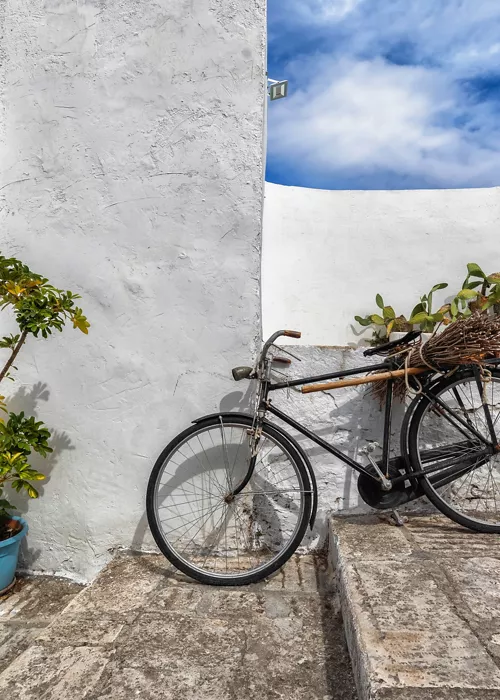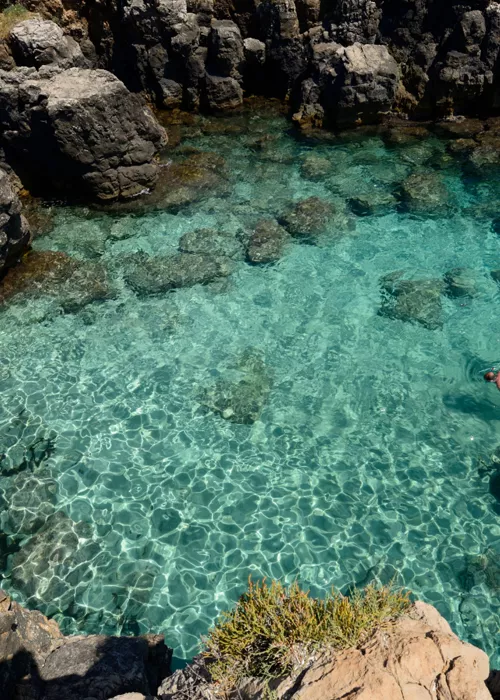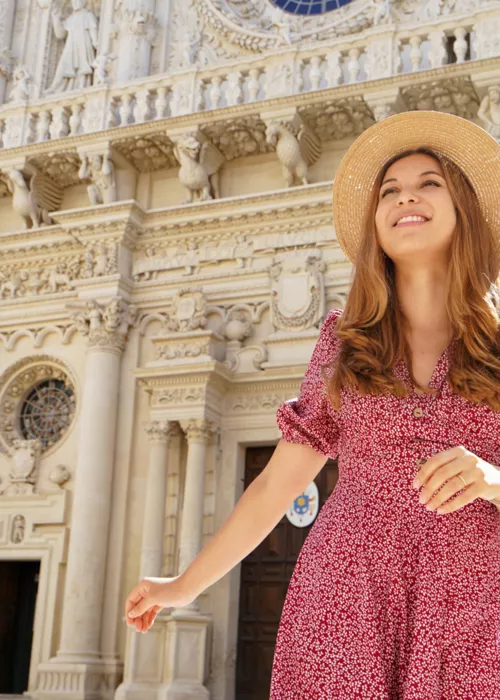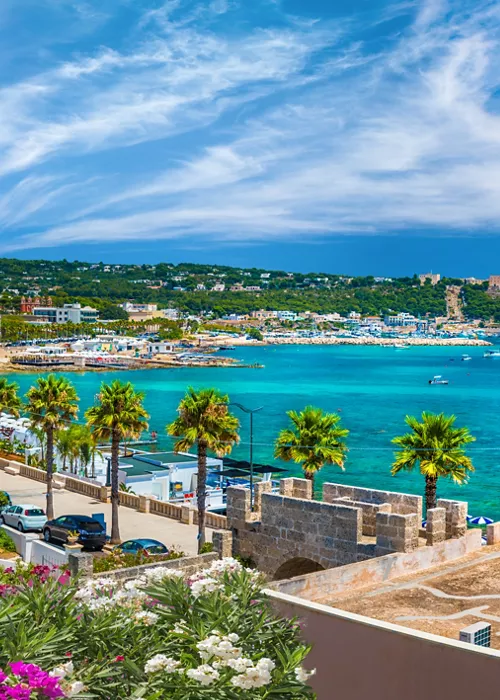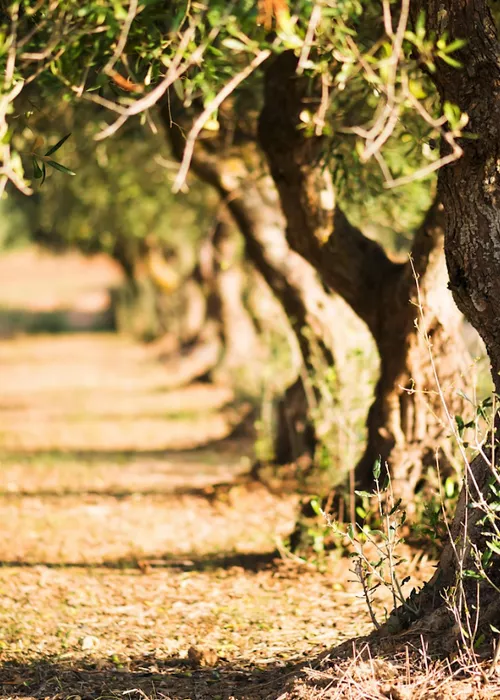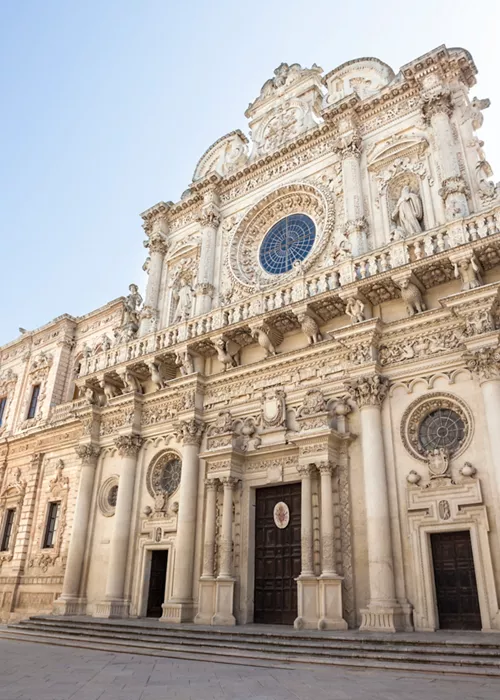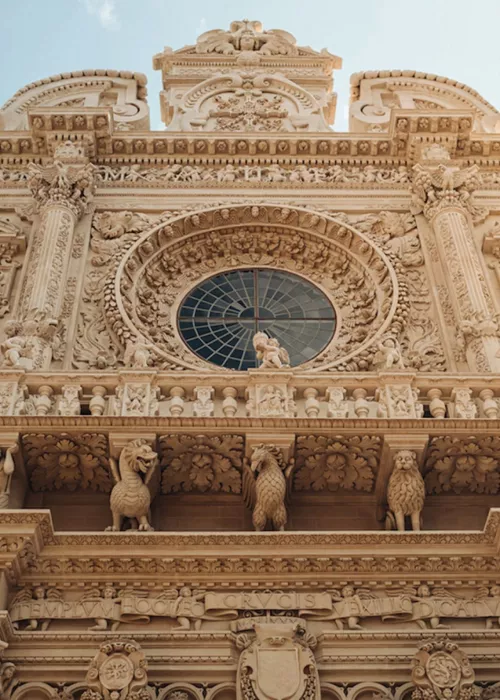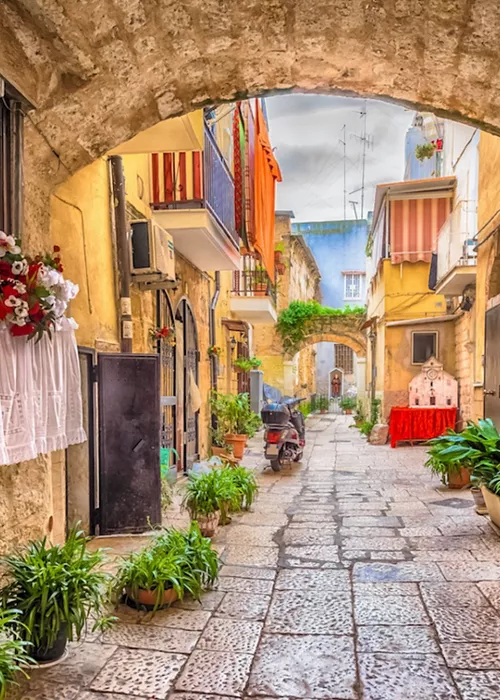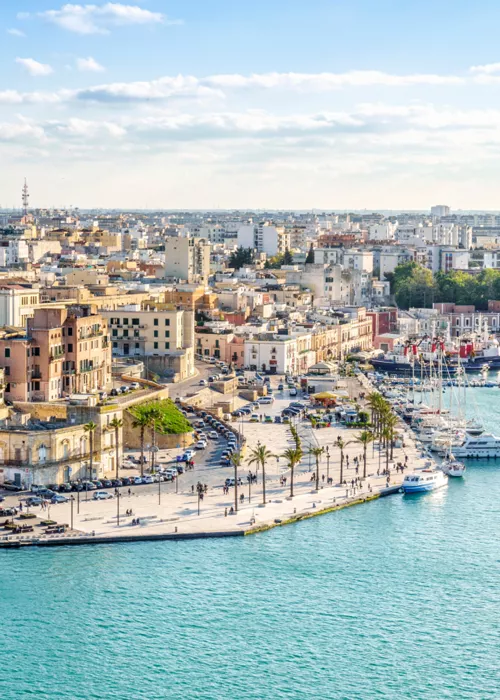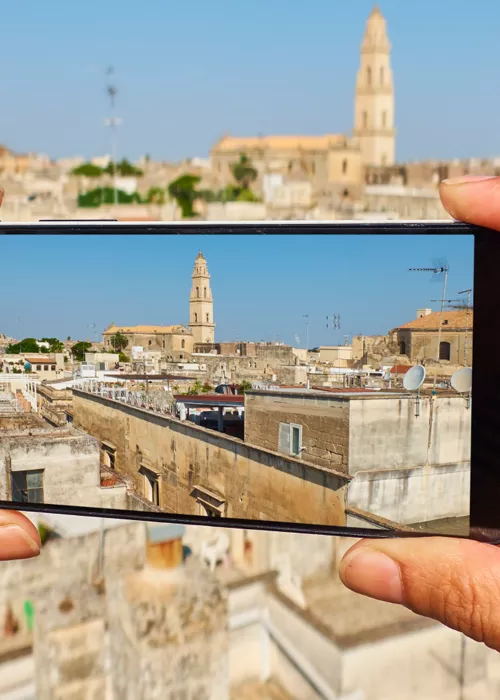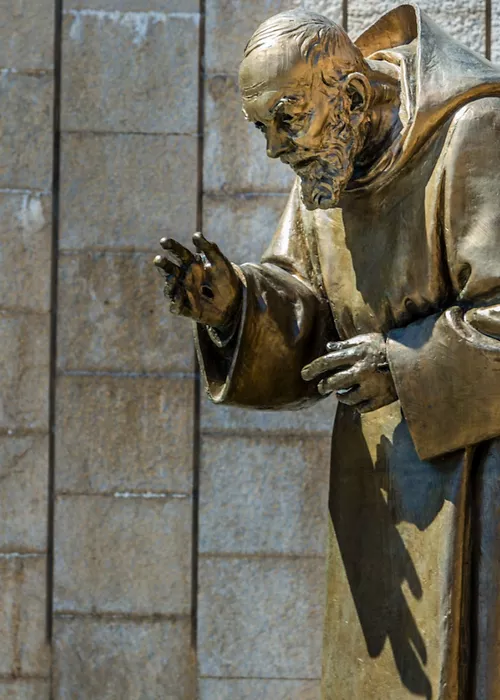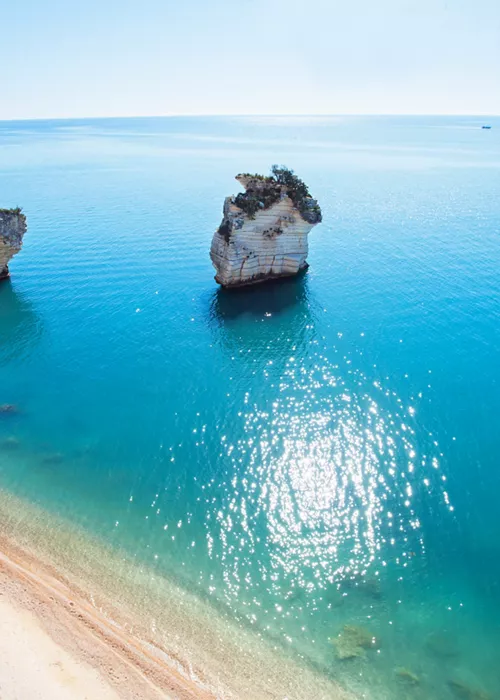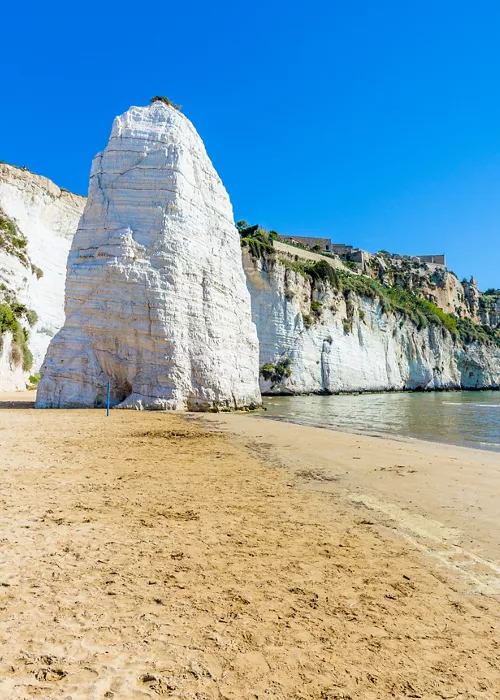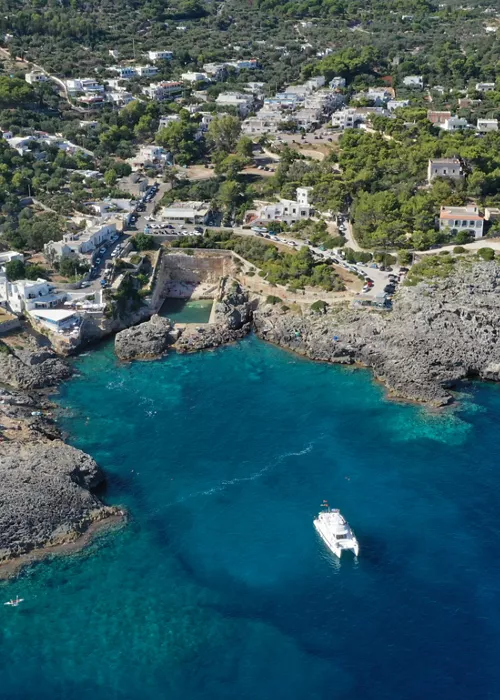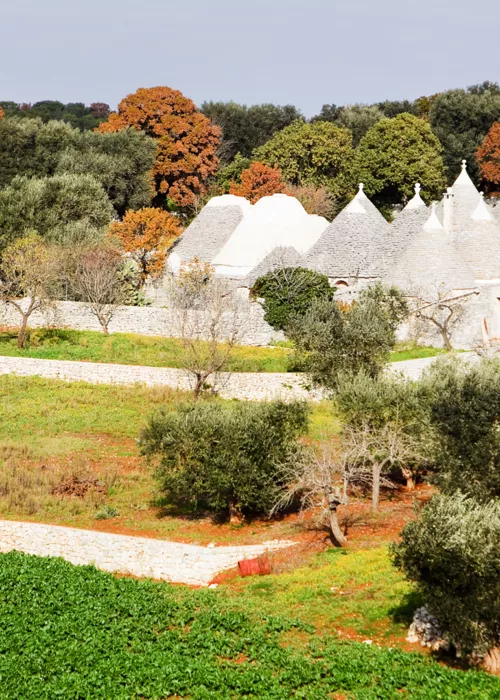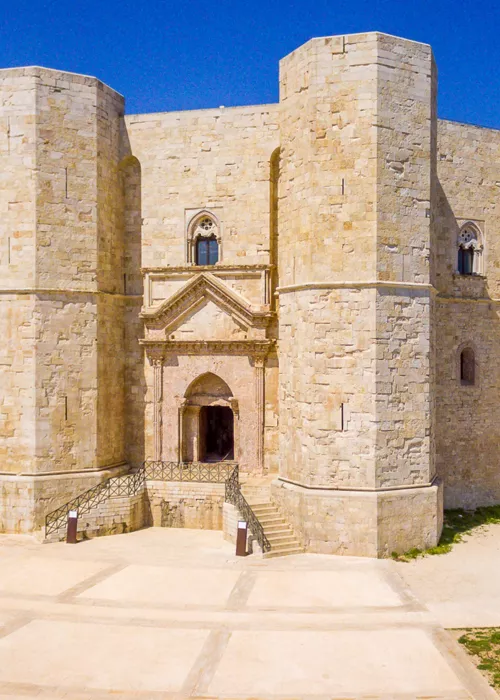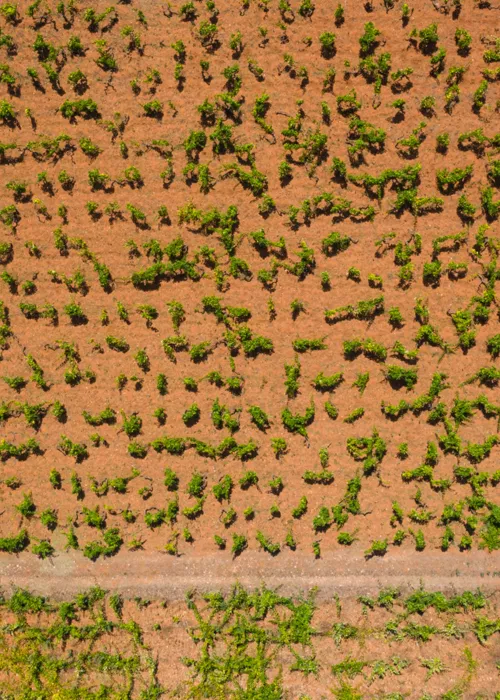The symbol of time passing
WHAT DOES CORIGLIANO HAVE TO DO WITH IT?
Otranto, a charming town in the Salento region overlooking the Adriatic Sea, is a chest full of priceless treasures, such as the beautiful small scenic squares, the Aragonese castle and the churches that preserve works of great value.
Among the most valuable monuments is the Clock Tower, which has recently been restored to its former glory. Located in the centre of Piazza del Popolo, it is a much-loved monument for the citizens who live their daily lives under its shadow. Although many believe that the tower was built around 1799, the Latin inscriptions found on it prove that it dates back to 1644 and, over time, has undergone several modifications, the last of which dates back to around 1770.
From Piazza del Popolo, it's easy to reach the Aragonese Castle, an imposing edifice resulting from the overlayering of various defensive systems. Since antiquity and through Norman, Swabian and Aragonese additions and reconstructions, it has always protected the city, which, perhaps more than any other in Italy, has always been a bridgehead to the East.
Enclosed within the walls of the historical centre, the imposing Cathedral of Santa Maria Annunziata is the building that most embodies the soul of the city. Built over an early Christian church, it was refounded in 1068 by the Norman bishop William.
Inside, it contains one of the most representative works of art of Apulian culture from the Middle Ages: the large floor mosaic created by a group of artists led by the Basilian monk Pantaleo. Scenes from the Old Testament, chivalric cycles, medieval bestiaries and scenes from Alexander's Romance are arranged along the development of theTree of Life, tracing the human experience from original sin to salvation.
Another testimony to Apulia's precious cultural stratification is the small church of San Pietro. Constructed on an elevated point in the old town, it was probably the city's first cathedral. Built in the9th century, it is the highest and most lively expression of Byzantineart in Apulia.
The simple structure in the form of a Greek cross surmounted by a dome, is embellished inside by interesting frescoes tracing the history of the building.




